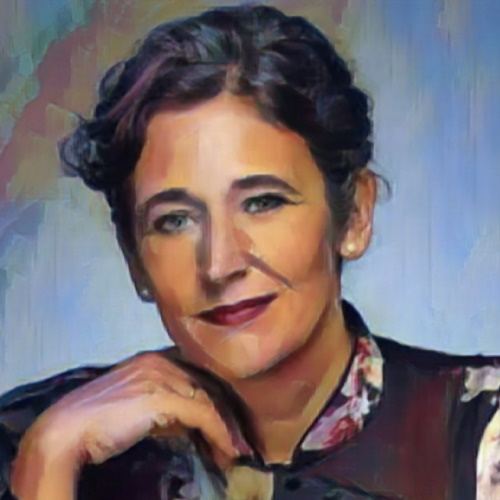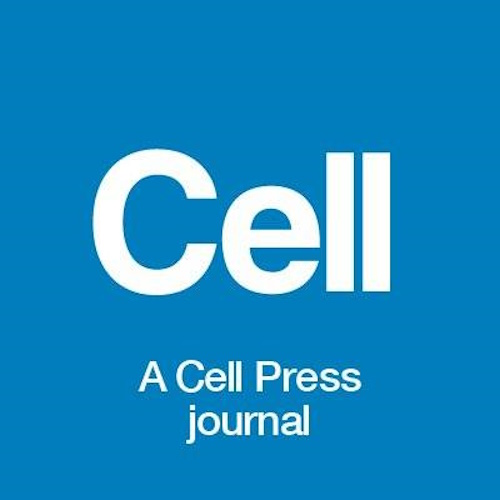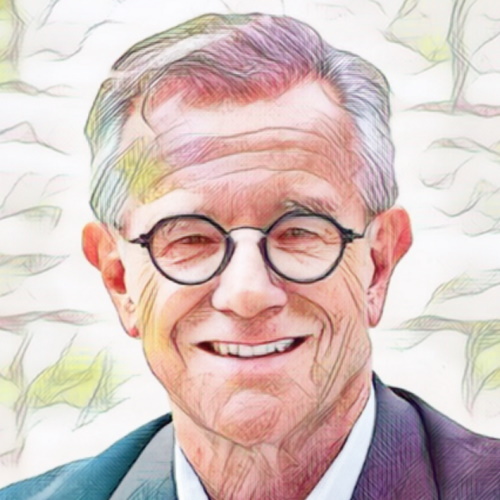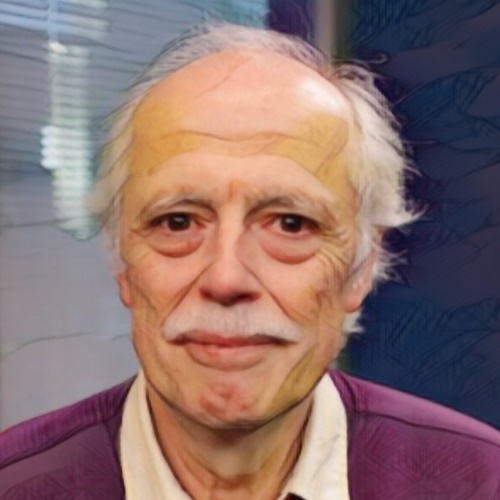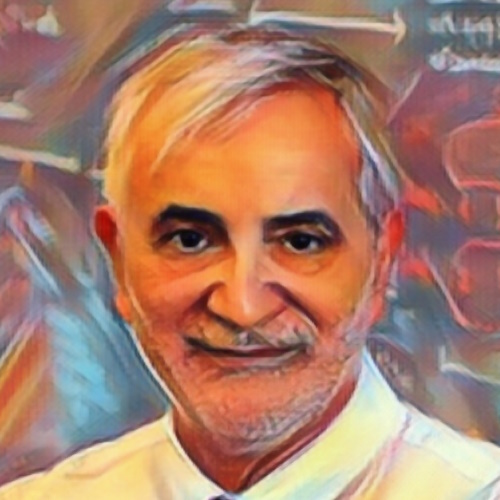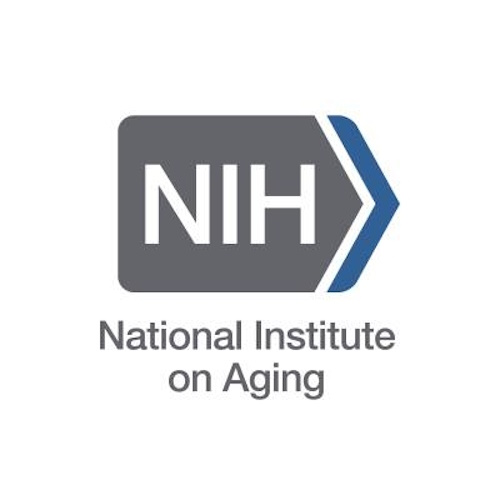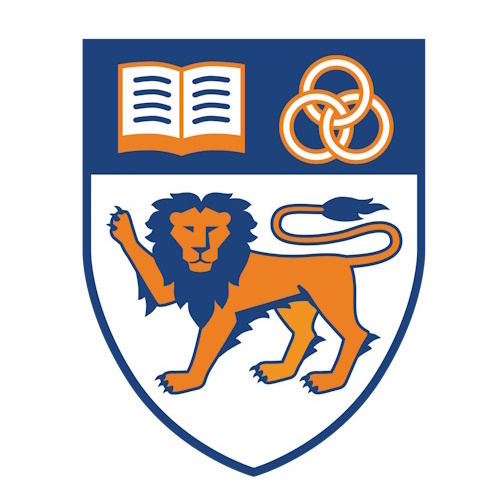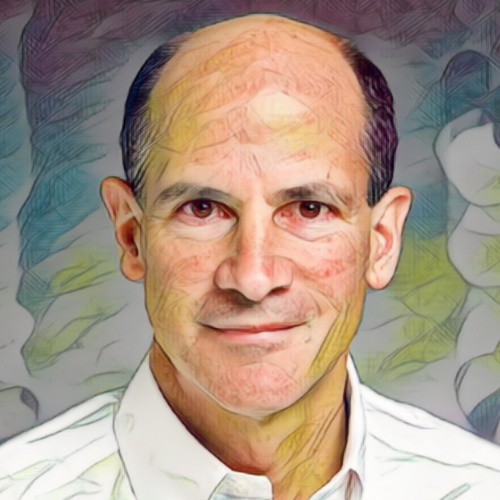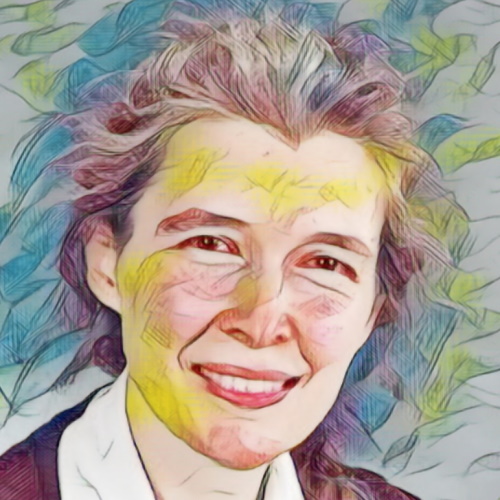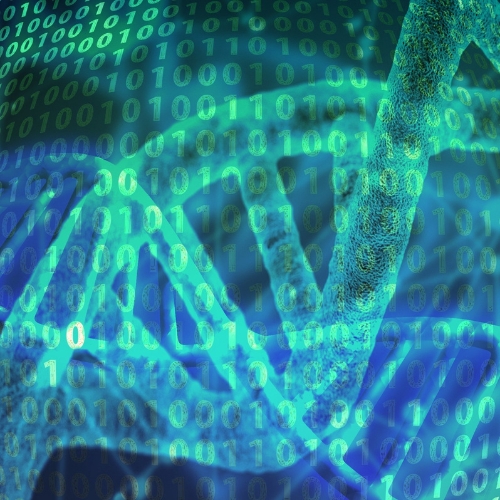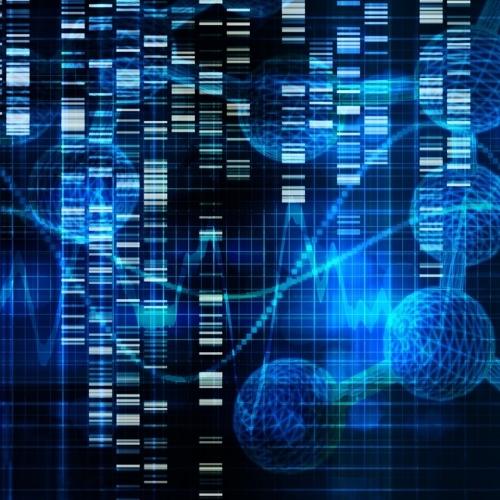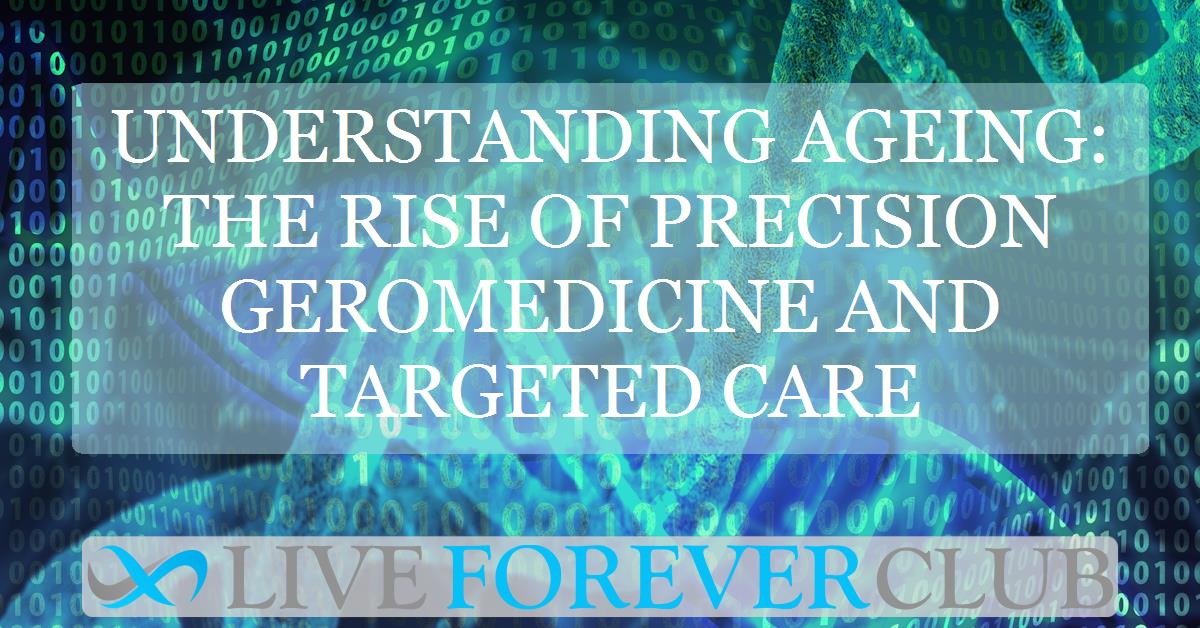Ageing, once viewed as an inevitable decline, is now under scientific scrutiny as a modifiable process. The past decade has witnessed an explosion in research aimed at understanding the biological mechanisms underlying ageing.
This shift in focus has given birth to geroscience, a field that explores how ageing processes contribute to the onset of diseases such as cardiovascular disorders, diabetes, and neurodegeneration. Researchers now seek to unravel the intricate networks of genes, molecules, and cellular pathways that accelerate or decelerate ageing.
Geroscience is not just about extending lifespan but about enhancing healthspan—the period during which an individual remains healthy and active. With the advent of precision geromedicine, scientists aim to tailor interventions that target specific ageing mechanisms. The goal is to delay the onset of diseases and improve quality of life through personalised strategies based on genetic, molecular, and environmental factors.
The Foundation of Geroscience
Geroscience emerged as a distinct discipline to identify and address the biological drivers of ageing. Researchers realised that ageing is the primary risk factor for most chronic diseases, including cancer, heart disease, and Alzheimer's. By targeting the molecular pathways that promote aging, scientists aim to develop therapies that prevent or mitigate age-related conditions.
The concept of geroscience revolves around identifying actionable hallmarks of ageing. These hallmarks serve as biological indicators that can be targeted to slow ageing processes. Initially, nine hallmarks were identified, such as genomic instability, telomere attrition, and mitochondrial dysfunction. As research advanced, the list expanded to twelve, incorporating factors like cellular senescence and deregulated nutrient sensing.
Expanding the Hallmarks of Ageing
In 2023, researchers updated the list of ageing hallmarks, adding two more: extracellular matrix changes and psychosocial isolation. The extracellular matrix, a network of proteins and molecules surrounding cells, undergoes significant alterations during ageing. This leads to tissue stiffness, impaired organ function, and chronic inflammation.
Psychosocial isolation, on the other hand, highlights the impact of social and emotional factors on health. Loneliness and social disengagement are now recognised as contributors to ageing, influencing stress response pathways and immune function.
The Interconnected Pathways of Ageing
The hallmarks of ageing do not operate in isolation. They form a complex network of interconnected pathways. For instance, mitochondrial dysfunction not only affects cellular energy production but also triggers inflammation and oxidative stress. Similarly, insulin signaling, a key component of nutrient sensing, influences autophagy and cellular senescence.
Autophagy, the process by which cells remove damaged components, is essential for maintaining cellular health. However, when autophagy is impaired, cellular debris accumulates, leading to inflammation and DNA damage. Researchers now emphasise that targeting one hallmark often has cascading effects on others. Addressing mitochondrial dysfunction can simultaneously reduce inflammation, improve proteostasis, and enhance cellular communication.
Challenges in Measuring Hallmarks
Despite the progress in identifying hallmarks, measuring them accurately remains a significant challenge. For example, telomere length, a widely studied marker, varies significantly among individuals of the same age. Additionally, detecting cellular senescence is complicated by the heterogeneous nature of senescent cells.
Inflammation and dysbiosis are other hallmarks that require complex, multi-parameter assessments. Current biomarkers lack standardisation, making cross-laboratory comparisons difficult. Researchers emphasise the need for comprehensive omics-based approaches to capture the dynamic nature of ageing processes.
Rise of Gerogenes and Gerosuppressor Genes
The concept of gerogenes and gerosuppressors introduces a gene-centric perspective on ageing. Gerogenes are genes that accelerate ageing when overexpressed, while gerosuppressors counteract ageing by promoting cellular repair and maintenance. This concept parallels the role of oncogenes and tumor suppressors in cancer biology.
For instance, the APOE ε4 gene variant is associated with an increased risk of Alzheimer's disease, making it a gerogene. Conversely, the FOXO3A gene, known for its role in stress resistance and longevity, is considered a gerosuppressor. Researchers aim to identify more such genes to develop targeted therapies that inhibit gerogenes and activate gerosuppressors.
Therapeutic Implications and Clinical Trials
Several gerogene products are currently being evaluated in clinical trials. Lamivudine, an antiretroviral drug, is being tested for its effects on neurodegenerative diseases by targeting LINE-1 transposition, a process associated with cellular ageing. Similarly, monoclonal antibodies like alirocumab and evolocumab target PCSK9, a gene linked to cardiovascular diseases.
Resmetirom, a thyroid hormone receptor agonist, reduces the expression of the DBI gene, implicated in metabolic disorders. Researchers also explore the use of GLP1 receptor agonists, initially developed for diabetes, to address age-related cardiovascular and neurodegenerative conditions.
From Geroscience to Precision Geromedicine
Precision geromedicine takes a more personalised approach, integrating genetic, molecular, and clinical data to tailor interventions. This approach involves comprehensive genomic and proteomic profiling to identify individual ageing trajectories. Based on these profiles, personalised treatment plans may include dietary modifications, exercise regimens, and pharmacological therapies.
Psychosocial support is also a crucial aspect of precision geromedicine, addressing the newly recognised hallmark of psychosocial isolation. Research indicates that social interaction can mitigate the effects of chronic stress and reduce inflammation, further emphasising the interconnectedness of ageing pathways.
Role of Artificial Intelligence in Geromedicine
AI plays a pivotal role in analysing vast datasets generated by multi-omics technologies. Machine learning algorithms identify patterns in genomic, proteomic, and metabolomic data, uncovering potential therapeutic targets. AI also aids in developing predictive models that estimate individual ageing trajectories, allowing for more targeted interventions.
Despite its potential, AI-driven geromedicine faces challenges in data integration and regulatory approval. Ensuring the accuracy and reproducibility of AI-based diagnostic tools remains a critical focus for researchers.
Challenges in Implementing Precision Geromedicine
Implementing precision geromedicine on a large scale poses logistical and ethical challenges. Comprehensive multi-omics profiling requires significant financial and infrastructural resources. Additionally, privacy concerns arise from the collection and analysis of genetic data.
Clinical validation of geroscience-based interventions also presents hurdles. Current clinical trials focus on specific diseases rather than ageing as a whole. Researchers advocate for age-related disease-agnostic trials that evaluate multiple ageing pathways simultaneously.
The Future of Geromedicine: Integrating Omics and Therapeutics
The future of geromedicine lies in integrating omics data with therapeutic interventions. Researchers envision clinical trials that not only assess drug efficacy but also monitor molecular biomarkers of ageing. AI-driven analysis of these biomarkers will help refine treatment protocols and identify optimal therapeutic combinations.
Moreover, geromedicine emphasises preventive care by identifying precocious ageing markers before clinical symptoms appear. Early intervention strategies may include lifestyle modifications, targeted drug therapies, and psychosocial support.
Conclusion: Redefining Ageing Through Precision Geromedicine
The emergence of precision geromedicine marks a transformative shift in ageing research. By targeting fundamental ageing mechanisms rather than specific diseases, researchers aim to extend healthspan and improve quality of life. The integration of multi-omics data, AI-driven analysis, and personalised interventions offers a promising roadmap for preventing age-related diseases before they manifest.
However, the success of geromedicine depends on overcoming challenges in data integration, regulatory approval, and clinical validation. With continued advancements in genetic and molecular profiling, precision geromedicine has the potential to revolutionise healthcare for ageing populations worldwide.
The study is published in the journal Cell.
The authors are Guido Kroemer (Université Paris Cité, Sorbonne Université, Gustave Roussy Institut, France), Andrea B. Maier (Vrije Universiteit Amsterdam, National University of Singapore), Ana Maria Cuervo (Albert Einstein College of Medicine, USA), Vadim N. Gladyshev (Brigham and Women’s Hospital, Harvard Medical School, USA), Luigi Ferrucci (National Institute on Aging, USA), Vera Gorbunova (University of Rochester, USA), Brian K. Kennedy (National University of Singapore), Thomas A. Rando (Stanford University, University of California Los Angeles, USA), Andrei Seluanov (University of Rochester, USA), Felipe Sierra (Hevolution Foundation, Saudi Arabia), Eric Verdin (Buck Institute for Research on Aging, USA), and Carlos López-Otín (Universidad Nebrija, Spain).

